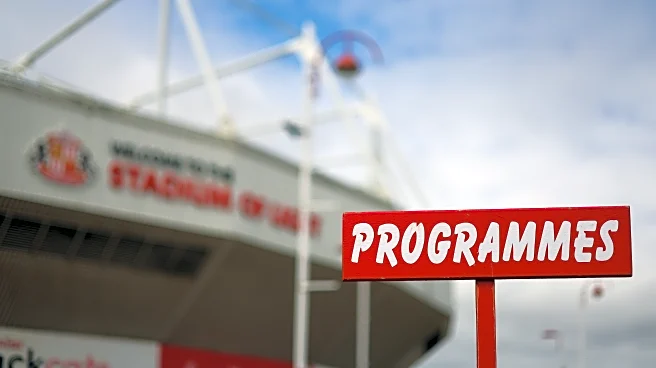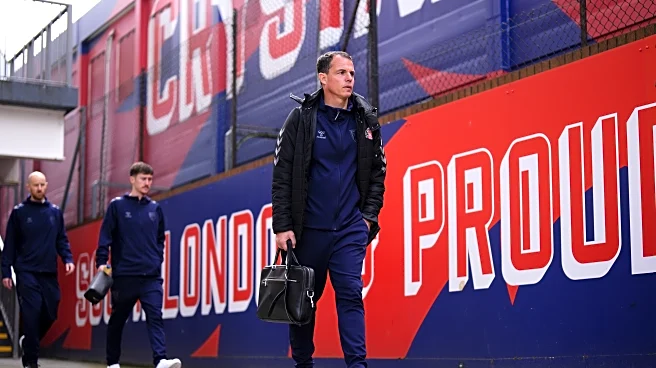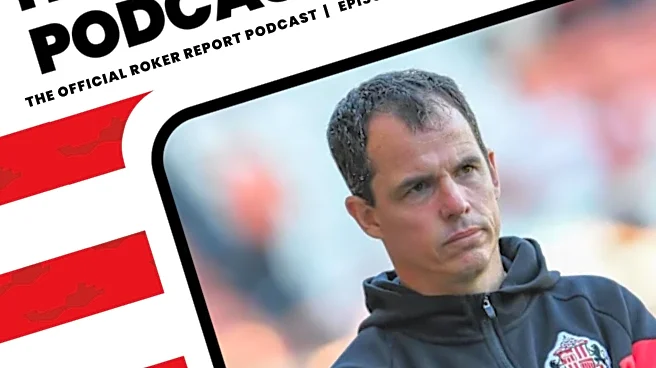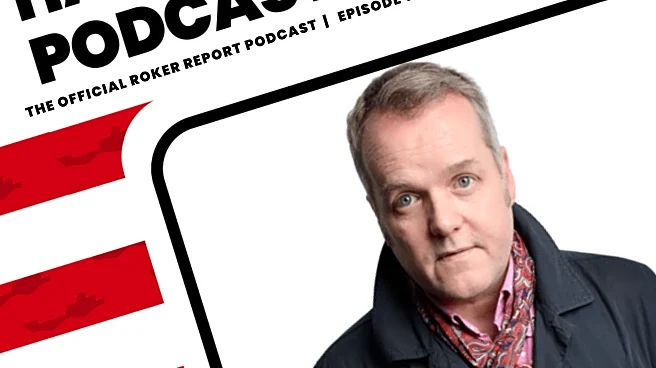During my first seasons supporting Sunderland — particularly 2006/2007 and 2007/2008 — buying a copy of The Pink was part of my matchday routine. It contained a great collection of pieces from that day’s game, and I don’t think I’m alone in wondering just how the hell it got into the shops so quickly.
I could never understand how it often beat my dad and I back to Peterlee but more often than not, we would’ve purchased a copy before the matchday had come to an end.
The ‘small football man’ — either
ecstatic, miserable, or indifferent depending on how we’d got on that day — was always eye-catching. I collected many editions of The Pink, and reading them definitely contributed towards a love of writing and a passion for journalism that I’ve taken into my professional life.
This was a paper that for 106 years (1907 to 2013), provided news and views of Sunderland matchdays, both good and bad, and when The Sunderland Echo ceased printing The Pink over a decade ago, the reasoning behind the decision was logistical and financial. By that point, The Echo was being printed down in Sheffield and a Press Gazette article at the time suggested the average weekly circulation of The Pink was around 3,500 in the first six months of 2013.

Print media is in the midst of a slow and steady decline.
This is nothing new, as evidenced by the 2013 decision to discontinue printing The Pink, and buying and reading Sunderland news in a physical piece of media is a foreign concept to a lot of fans these days.
The paper was a constant presence in newsagents across the region — until it wasn’t. Generations of fans read it, but the way we consume Sunderland news has changed and continues to do so. The need to consume news instantly and have it at our fingertips at any given moment means that there’s less and less of a need for print media in whatever form it may appear in.
The Sunderland Echo, owned by a company I once worked for, has, like many newspapers, moved online, with a focus on generating page views and revenue on the digital side of the industry. This is the way of the world of news and sport, whilst shifting steadily away from the printed word.
Football as a whole is starting to do the same, with the programme — another matchday institution — being phased out by some clubs. The biggest indicator of this was the news that Watford are going to do away with physical programmes, and other clubs will likely follow suit.

I write for a newspaper and for this reason, I may be biased, but there’s still a uniqueness about print media that no amount of flashy websites or video-led content can replicate.
Going out, buying a newspaper or magazine and sitting down to read about your football club in articles written by dedicated professionals may seem old-fashioned to many people of a certain age, but it’s something that we’ll probably never truly know we had until it’s gone for good.
The Sunderland Echo still has its printed editions and we’re also lucky to have a printed fanzine in the form of A Love Supreme. The club is also playing its part, with the matchday programme featuring an increased number of pages this season, but it feels as though they may both have an expiry date in the not-too-distant future.
The cost of printing is increasing and the size of newspaper teams is shrinking while work assignments remain unchanged. It’s easy to go online and read about Sunderland (as you’re doing right now through Roker Report) where we get news and reactions instantly, and this is great for the most part, but X (formerly Twitter) isn’t so great, with echo chambers and clickbait articles popping up at every turn.
If you’re a fan of printed media, I’ll echo something that’s been close to my heart during my career and before that: buy a paper while you can. The matchday programme may be a different style of writing, but this too is something we need to appreciate before it ultimately vanishes from outside stadiums throughout the land.












